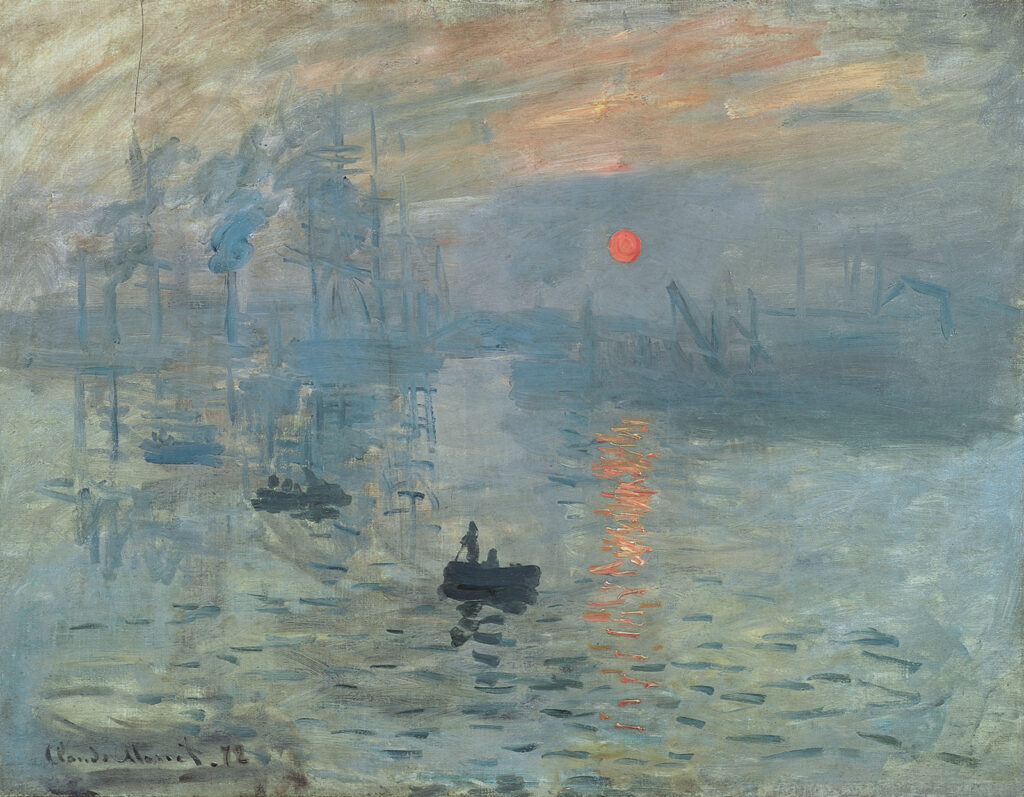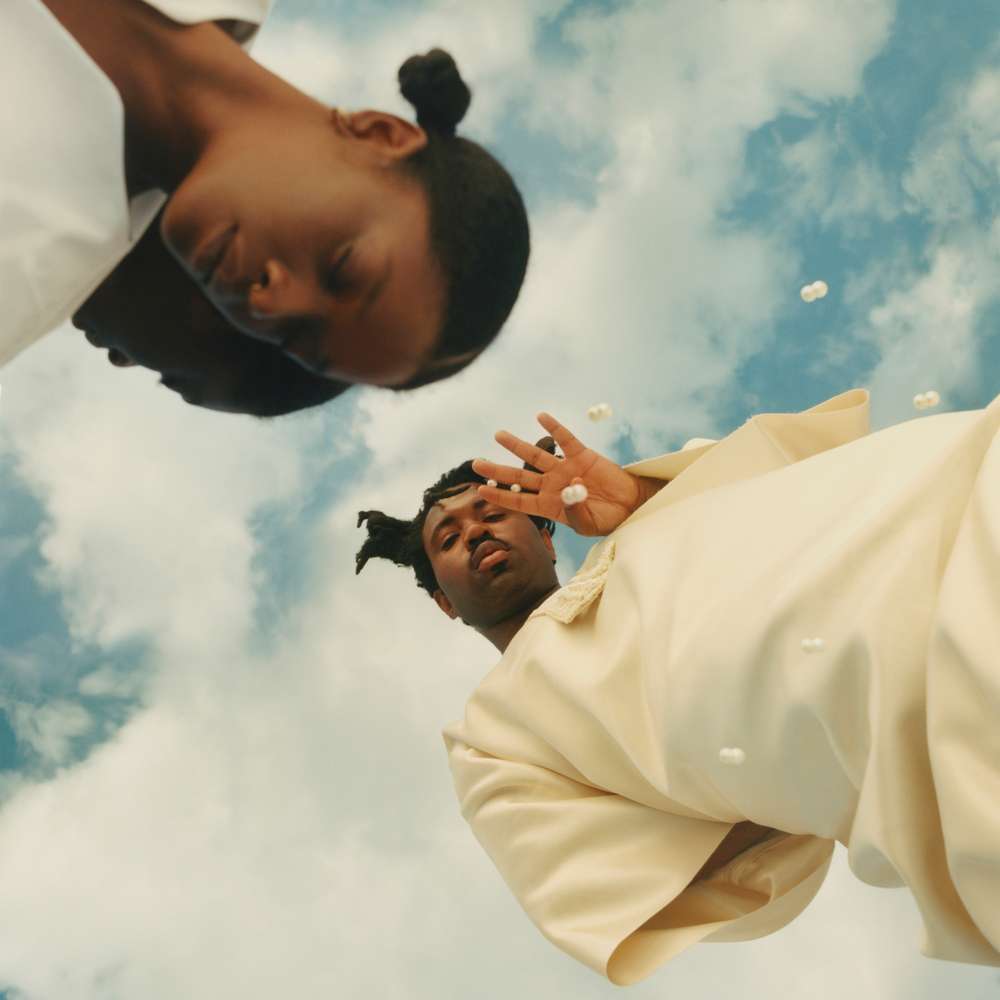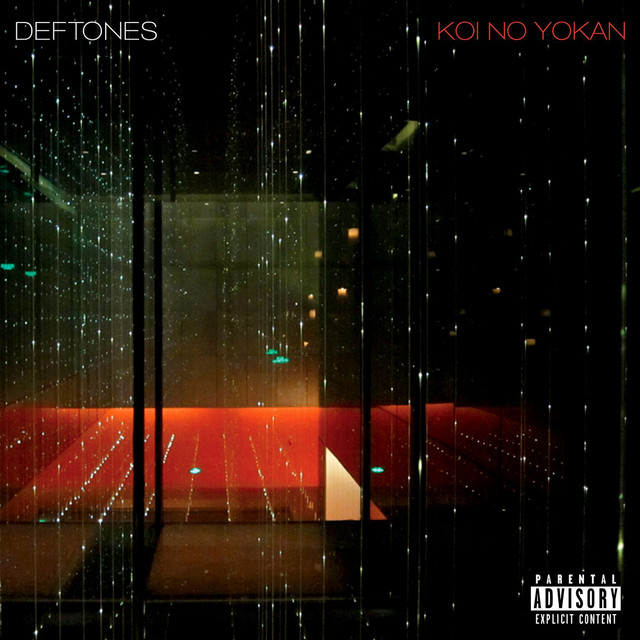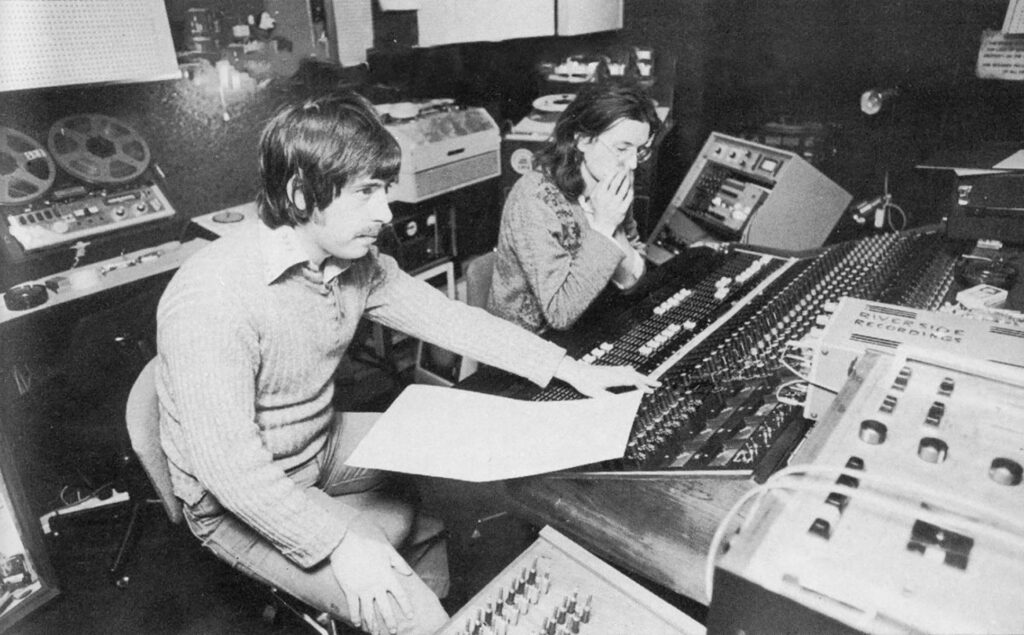The World Inside Sampha’s ‘Lahai’
Written by Riles Moquin on October 20, 2023
There are few albums that resonate with me as strongly as Sampha’s debut album Process.
We’re six years on from that record; three years on from the first time I pressed play on the project. Finally, Sampha Sisay – known for giving a voice to the musings of this generation’s biggest icons – has blessed us with a second full-length body of work.
I wrote a review of Lahai for The Line of Best Fit, blessed with the opportunity to be among the first to hear fresh work from one of my favorite artists. There, I gave it nine out of ten stars. Here, having sat with the record for about one month, I reflect on some further thoughts I have gathered from my dozens of replays of Sampha’s second studio album.

The press release attached to Lahai describes the record as “almost impressionist in nature.” When I think of impressionism, one of the first art pieces to come to mind is Claude Monet’s Impression, Sunrise, a work that I own in a sampled/referenced form on the cover of Dave’s We’re All Alone In This Together (2021). What makes Impression, Sunrise so enchanting is its tension between clarity and mystery, the cloudiness that separates it from realism and rests the scene in a dimension that is hard to fully comprehend.
Lahai operates in this same dimension. The cover depicts Sampha standing over the scene with the sky above. There is a woman beside him, but the sky mirrors her.

“Dancing Circles” was an early favorite of mine, and it’s one of the tracks that feels most like the Monet. It opens with a tense, repeated piano vamp that continues into Sampha’s first verse. Eventually, the piece opens up and, while the loop continues, it blends into the instrumental and the tension opens into a vast warmth and peace. The tension between clarity and mystery is a recurring motif throughout Lahai.
In reviews and commentary on this record, there will be a lot of words dedicated to the feelings of healing and hope that permeate through this record. In my own review, I spend substantial time explaining the stark contrast between the familial healing of Lahai versus the familial grief of Process and, before that, the Dual EP (2013). Sampha sees more than optimism in his newborn daughter: he sees his late mother. The record’s title borrows Sampha’s middle name, which in turn was given to him in honor of his grandfather Lahai. Sampha is an extension of his grandfather’s spirit, and similarly Sampha’s daughter is an extension of her grandmother’s spirit. Life is cyclical, or as it is put in “Satellite Business“:
Through the eyes of my child I can see an inner vision,
Through the eyes of my child I can see you in my vision.
-“Satellite Business”
In order to create this aura around the spirit of his grandmother and his newborn daughter, Sampha draws scattered inspiration from the female-dominated genre of Wassoulou music. Sampha is no stranger to sprinkling touches of West African music in his music to connect his present with his family’s past, having employed the kora on several tracks from Process (“Plastic 100°C” and “Kora Sings” notably) to call back to the Sierra Leonean homeland of his mother and father.
Amidst the joy of fatherhood and peace of spirituality, Sampha’s greatest enemy on Lahai seems to be himself. On “Only,” Sampha questions how he has made it to this point. Sampha seems to find joy in his life, but not in himself. “War zone when I close my eyes,” he says. “I’ve been on this grind like it’s gonna break my fall.” “I see problems / jump and hide.”
In his struggle to love himself, love from others scares Sampha:
From love I would run
Like it’s just here to disown me
That’s why I keep my distance, even if I miss it
Wire me the wisdom to pick up when it phones me
-“Only”
Sampha’s relationship with love on “Only” creates an interesting preface to the record’s penultimate track “What If You Hypnotise Me?“, where he asks why “these raindrops accompany” his “better times.” Sampha burdens himself, deeming the love he desires as “selfish” and asking if his struggles are karma for his mistakes.
Lead single “Spirit 2.0” makes brief mention of Jonathan Livingston Seagull, the 1970 fable by Richard Bach that later returns in “Jonathan L Seagull.” Growing up, Sanie – Sampha’s older brother – would read him the fable, a story of a seagull captivated by the joy of flying. “Even though we’ve been through the same / doesn’t always mean we feel the same / doesn’t always mean we heal the same,” Sampha sings, accompanied by a choir of voices.
Lahai comes together as the product of a Sampha in a new chapter of his life; maybe that’s to be expected nearly seven years on from Process, but the palette presented on this record is rich and colorful from front to back. In particular, the second half of the record pulls Lahai together as the otherworldly opus of an artist who can coast r&b, electronica, jungle, and so forth with complete ease. And the voice? That of a Sampha mystified by the beauty of the women in his life (past and present), and hopeful for a peace that continues to escapes him. But hopeful.
I hope you’ll take a few moments to read my main review of Lahai for The Line of Best Fit, where I talk more about the themes family and matriarchy and give the record a numerical rating.





